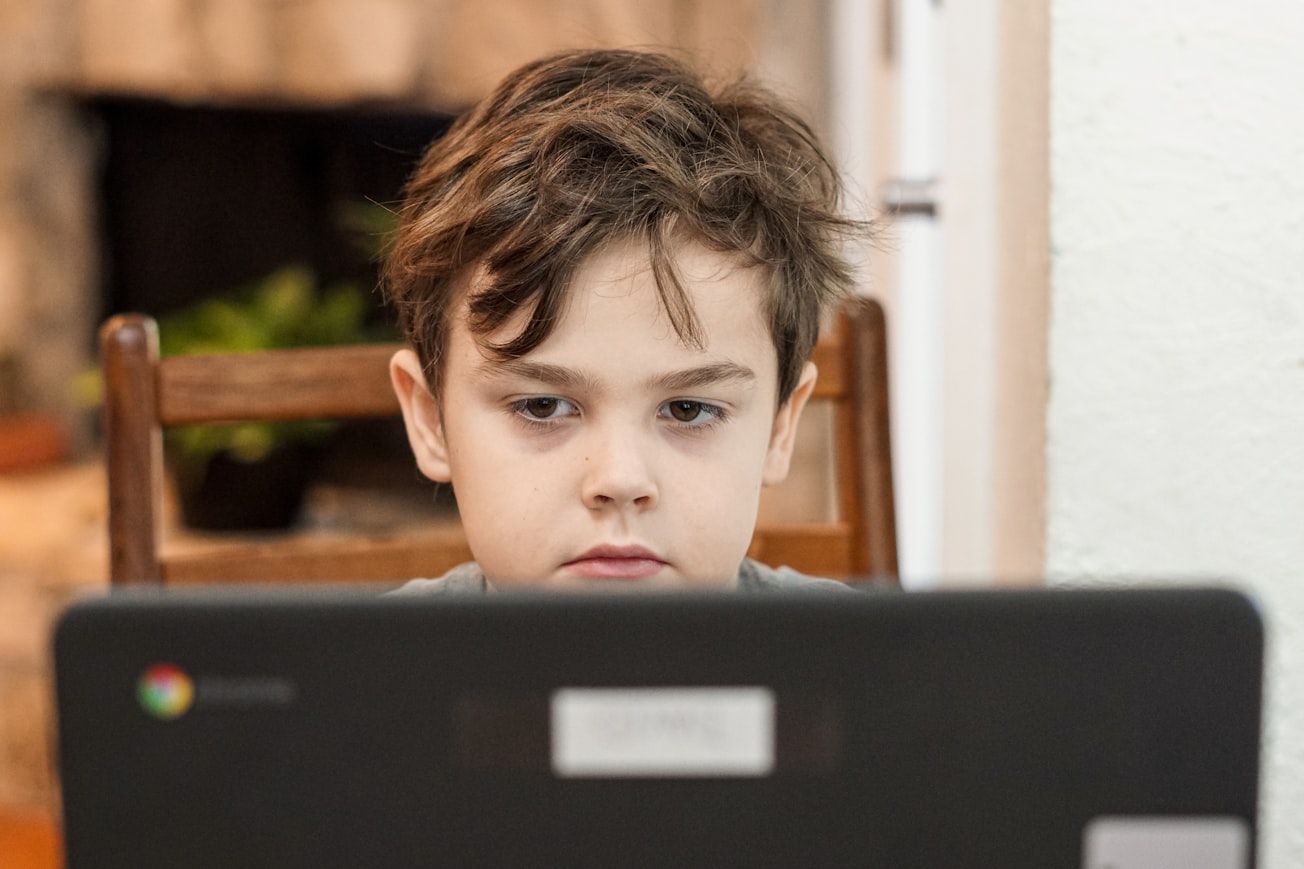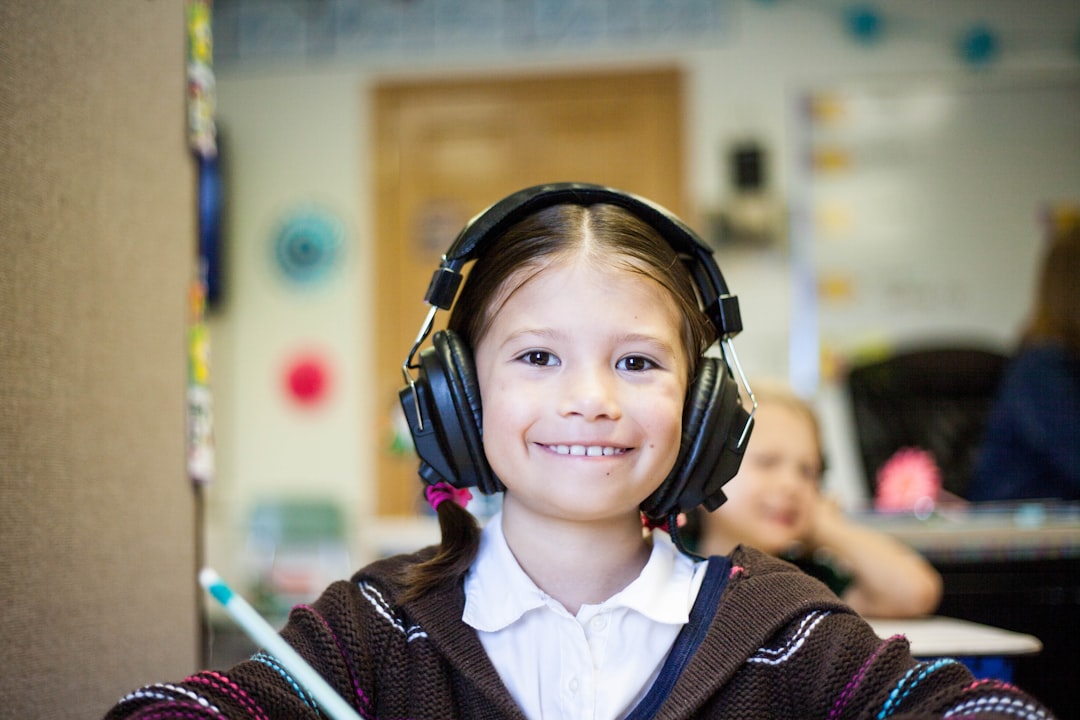What is it about?
SLPs responded to a survey about their experiences providing telepractice to children using AAC during COVID. We specifically looked at (1) the ways SLPs were providing services (e.g., synchronous or asynchronous, direct services or consultation/coaching), (2) how SLPs perceived the effectiveness of telepractice during COVID, and (3) the factors that influenced effectiveness (e.g., access to specific technology, administrator support).
Featured Image

Photo by Thomas Park on Unsplash
Why is it important?
The findings may influence decision-making about the provision of telepractice for children who use AAC as the COVID-19 pandemic continues, but also in the future. Telepractice may increase access to quality services for children who use AAC during emergency situations, who are experiencing health challenges, who live in remote areas, or areas where access to SLPs is difficult. Additionally, telepractice may strengthen family-provider partnerships. To increase the effectiveness of telepractice for this population, however, the field needs to consider ways to address inequities and mitigate barriers experienced by SLPs during COVID.
Read the Original
This page is a summary of: Augmentative and Alternative Communication Telepractice During the COVID-19 Pandemic: A National Survey of Speech-Language Pathologists, American Journal of Speech-Language Pathology, January 2022, American Speech-Language-Hearing Association (ASHA),
DOI: 10.1044/2021_ajslp-21-00036.
You can read the full text:
Contributors
The following have contributed to this page










